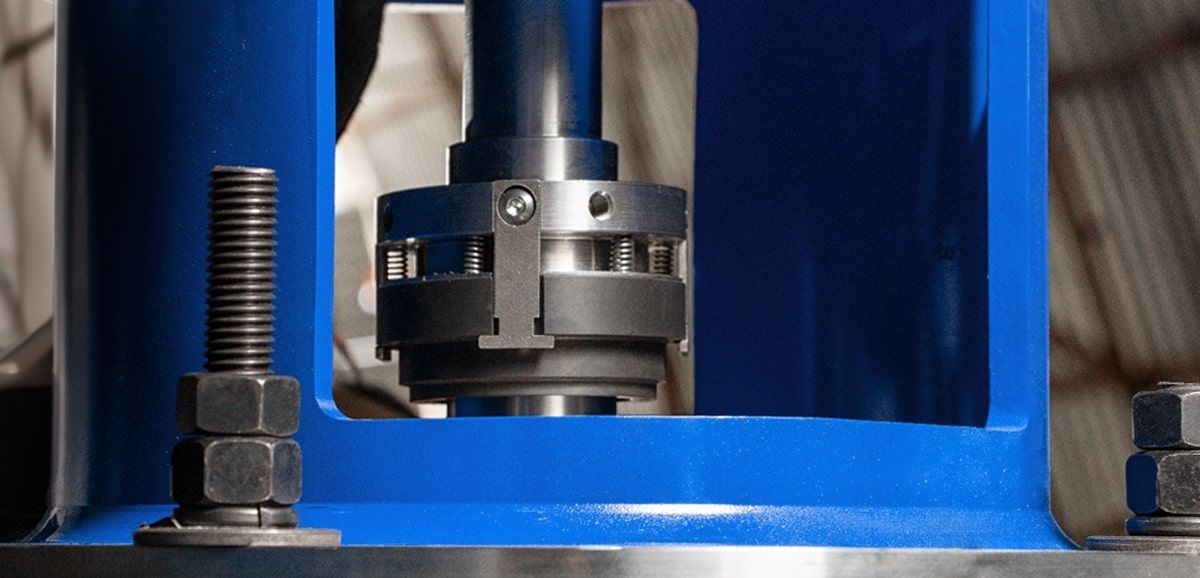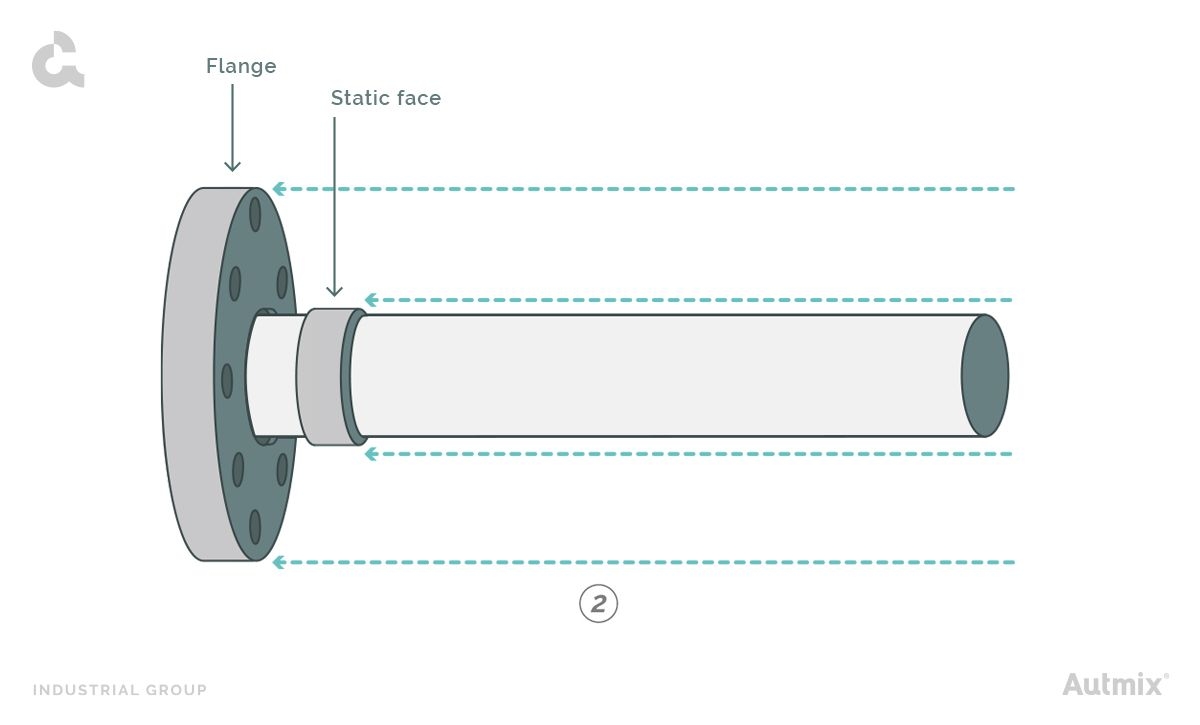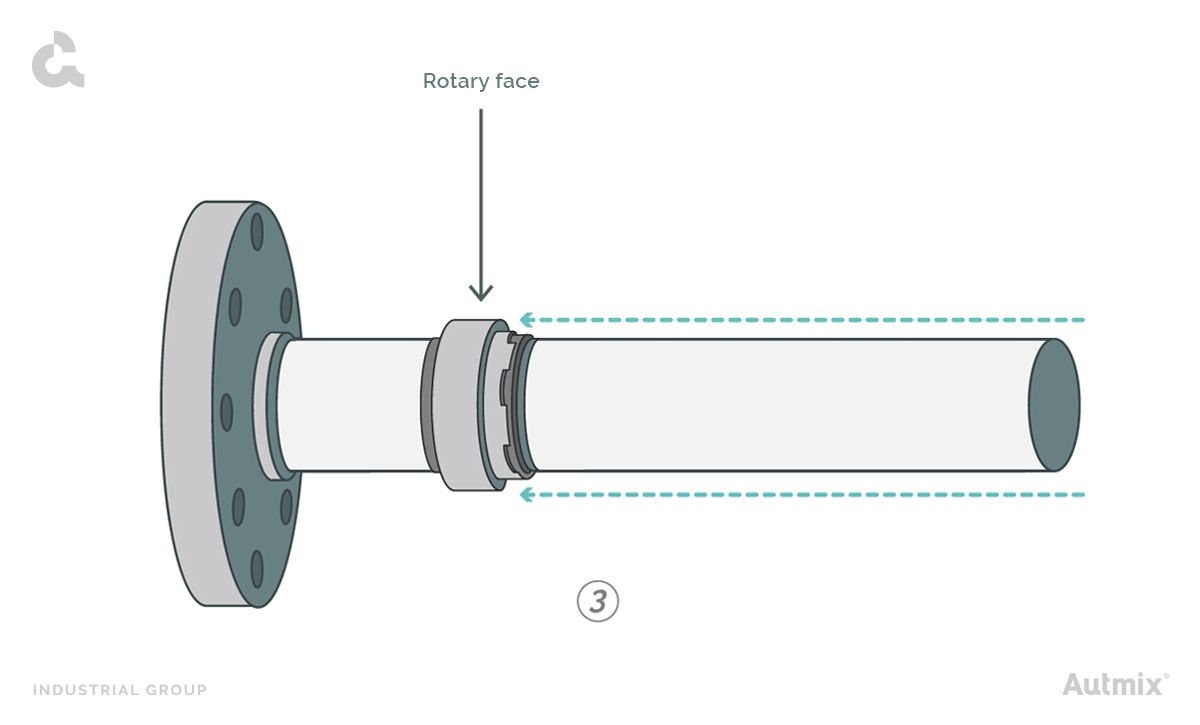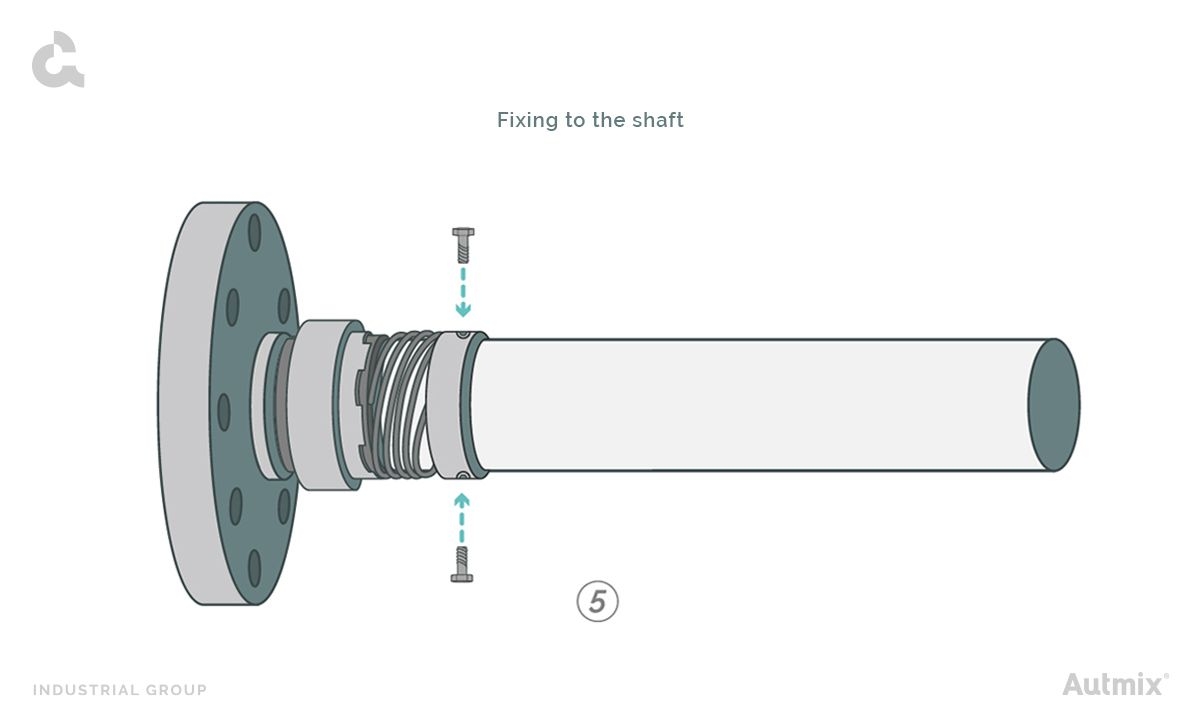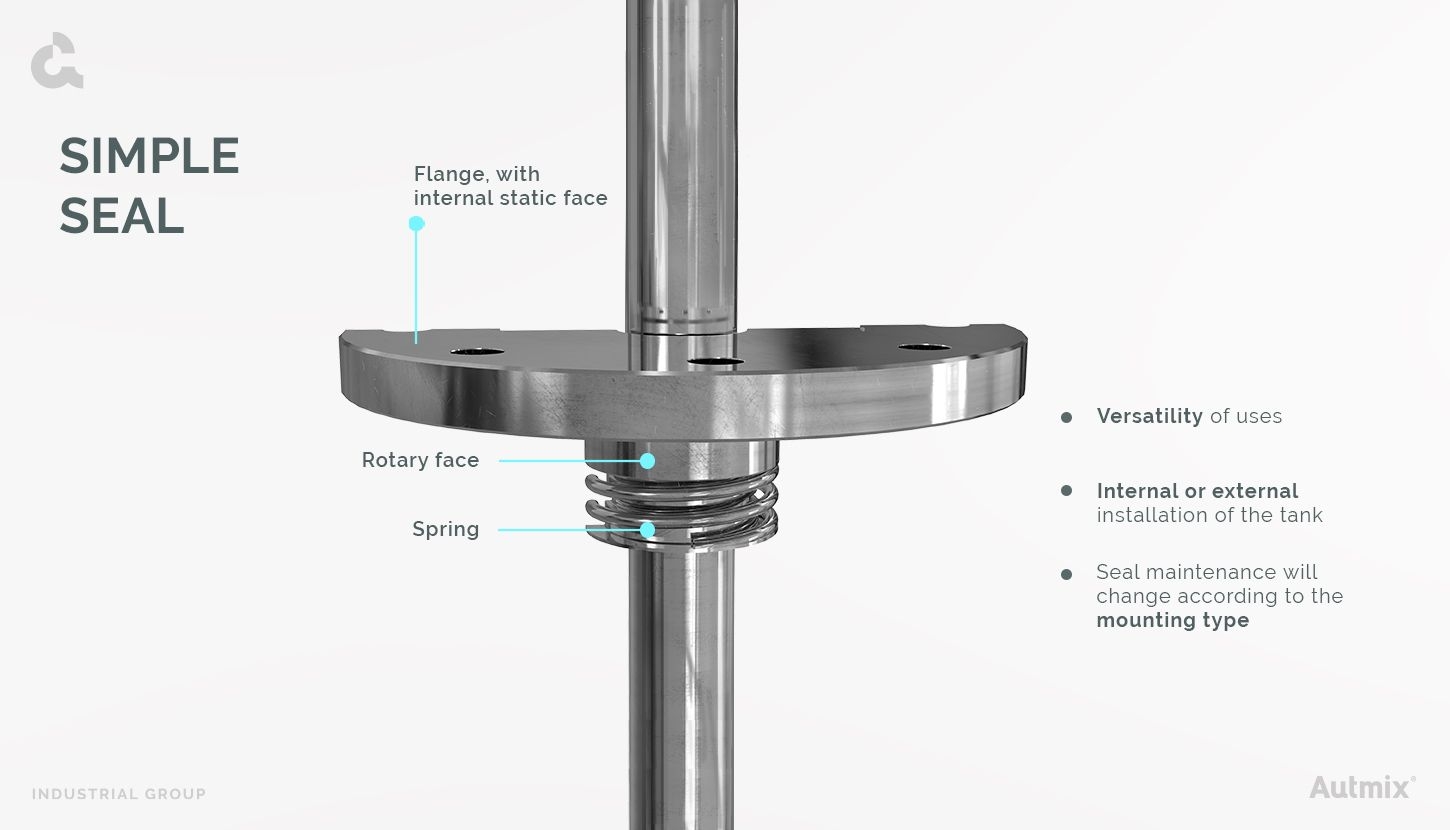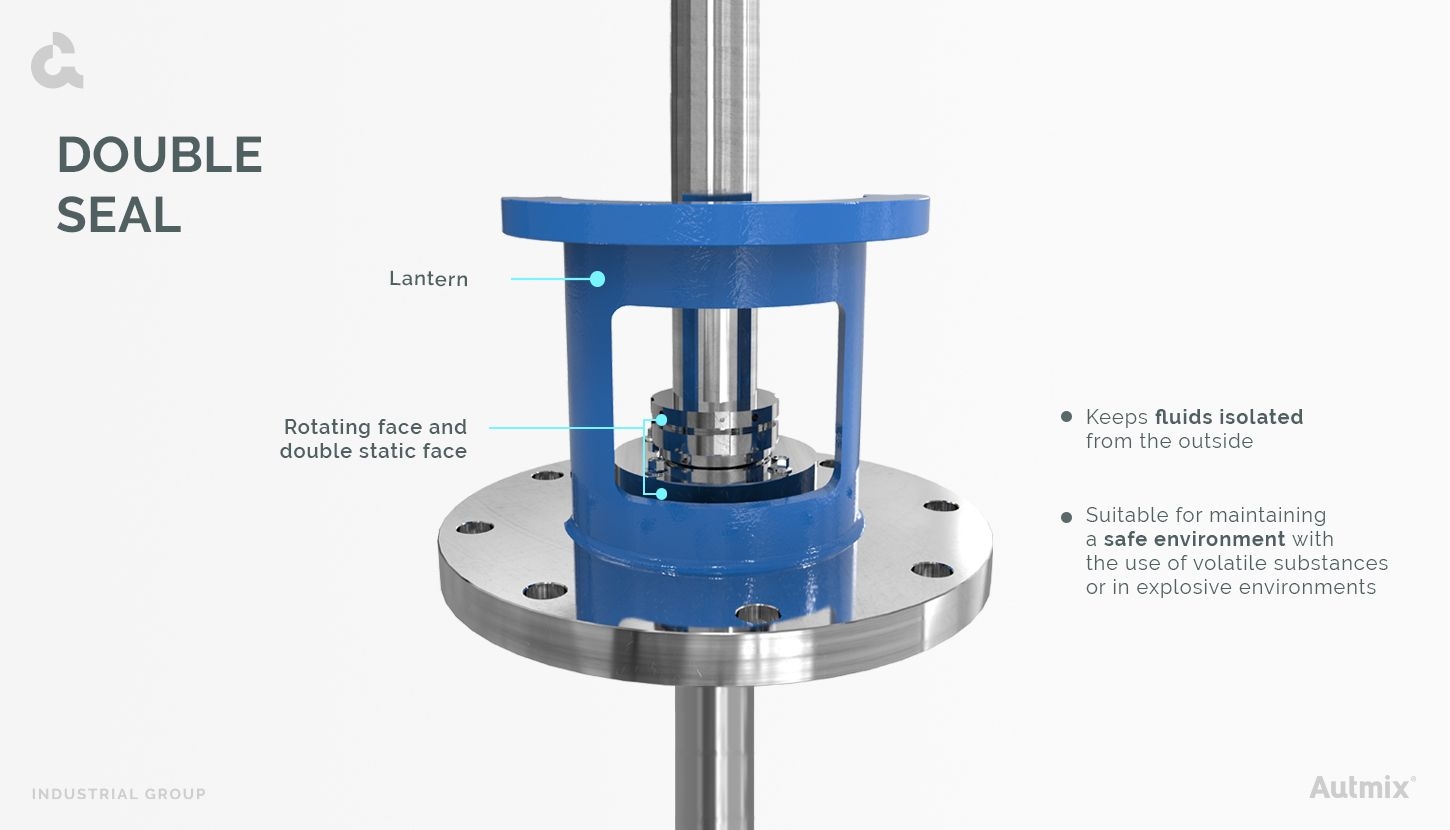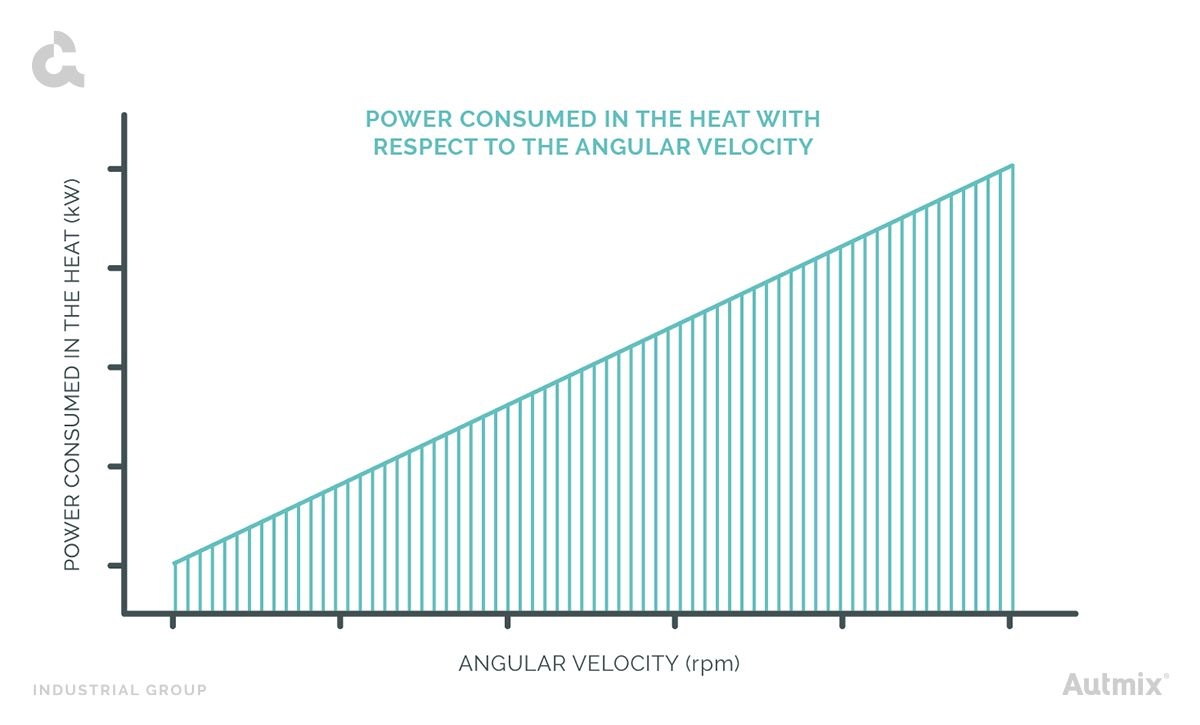Learn about the assembly and use of mechanical seals
What are mechanical seals, and how are they installed? Mechanical seals are elements used in a wide variety of rotating devices, such as agitators, valves, and pumps, to prevent fluid leakage.
They are irreplaceable resources in the use and maintenance of process equipment. That’s why we’re going to review the assembly and use of mechanical seals. The mechanical seals for industrial mixers are chosen depending on functional conditions due to their diverse types. One of their advantages is that mechanical seals can be a great ally in the handling of corrosive or dangerous materials. This is very important to prevent fluid from escaping from the container or to the exterior.
Dive into the proper assembly and maintenance of mechanical seals for agitators, continue reading:
- Why use a mechanical seal?
- When do you use a mechanical seal?
- Tips for the correct assembly of a mechanical seal
- Types of mechanical seals and use
- Details to consider when assembling mechanical seals
- Improve the life span of mechanical seals
- Secure your operations from the machinery
Why use a mechanical seal?
Unlike other sealing systems, mechanical seals are the most efficient option because they generate little friction and, in turn, can work in a wide range of temperatures and pressures. Even when the liquid must be kept tight, this ensures safe operation.
The reason for, and benefit of using mechanical seals effectively in an agitation system, is that it has the pressure of the container and prevents product contamination. Moreover, to prevent the escape of gases, in case the process has this type of fluid, mechanical seals are highly functional components for side-entry or bottom-entry agitators.
Sealing benefits the machinery functionality, performance, and can reduce maintenance tasks.
When to use a mechanical seal?
There are processes in which may be necessary to handle abrasive or dangerous fluids, or under no circumstances, can meet the outside environment. Related to that, a recurring question from users is how to select the ideal mechanical seal?
But before starting, what are the requirements for mechanical seals? Some technical data must be considered by an expert to make the right decision or recommendation:
- Chemical compatibility between the seal’s material and the fluid.
- Balanced or unbalanced pressure type.
- Mechanical seal material’s temperature, a guise that will define spam life.
- Physical and chemical features of the fluid that will be processed.
- Material of the agitation system (agitator, container, and mobiles).
Also, the mechanical seal can be applied in safety-critical environments, such as those where explosive atmospheric conditions may exist. Above that, it is recommended to use a double mechanical seal, which works with two sets of rotating faces:
- Internal: which is in constant contact with the product.
- External: works as a safety barrier for small particles that pass through the first set.
Next, we will give you some tips to install a mechanical seal properly.
Tips for proper mechanical seal installation
Sometimes, there are questions such as “which way does a mechanical seal go?” Or about the best way to use them. The use of mechanical seals becomes necessary to preserve the functional state of the machinery. Therefore, it is important to know how to use them and the proper use.
We must know that common failures, such as leaks or heating due to friction, result from improper installation. Since each seal poses distinctive features, the expert’s recommendation must be followed entirely to avoid problems.
A functional mechanical seal in the implementation is the result of good practices before starting the assembly, such as those that we will show you in the following points:
- You should not touch the faces of mechanical seals with your hands nor place any substance between them.
- Mechanical seal components must be completely free of foreign particles.
- It is necessary to check the alignment of the shaft, as it must have minimal misalignment to prevent the seal from wearing out faster than usual.
For example, it is recommended that for the shafts with a diameter of 50.8 mm (2”) or less, the radial misalignment be less than 0.05 mm in TIR. For shafts with a larger diameter, this value increases.
Installation and how to correct use mechanical seals.
After reviewing the last parameters, we will start with the assembly process. With this guide, you can extend the life span of the chosen mechanical seal for the processing.
- The first thing will be to define the working height of the mechanical seal. To do this, draw a mark on the axis, where the static face will be placed. Subsequently, you must check and mark the operational length, which is the limit distance in which the seal must be compressed for its correct operation; the manufacturer determines the previous one.
- The next step is inserting the seal’s static face into the housing located on the flange across the shaft. It is worth mentioning that the flange must be properly lubricated.
- After that, insert and compress the mechanical seal’s rotary side in the defined operational length mark. As in the previous steps, the piece must be lubricated in advance.
- Set the rotary side to the shaft to avoid axial movements by its means. This is usually done by using springs to apply pressure.
- In some models, the mechanical seal may have a compression unit, such as a spring. In these cases, only both rotating sides are inserted at the beginning, followed by the spring. T A clamping ring is placed where the operational length is signed to set in this component. Finally, you can complete the assembly and screw the flange, placing the components inside.
- As an additional step, consider verifying the shaft rotation. Likewise, check that the mechanical seal works correctly.
As we show you, the assembly process for a mechanical seal is simple. However, you must do it cautiously to maximize its efficiency and avoid premature wear.
Types of mechanical seals and use
There are several types of mechanical seals, including cartridge-type, double and single seals. Therefore, we will explain in which case it is advisable to use each.
Cartridge-type mechanical seals.
A cartridge-type mechanical seal is available to avoid mishaps, which already has all the internal components pre-assembled. These can be single or double; if necessary, bearings are placed to prevent damage in case of axis deflection.
To install them, you only need to set the sleeve to the shaft using an “O” ring, considering that it meets the maximum permissible misalignment requirements.
Simple mechanical seals
We must consider the equipment’s lubrication and cooling during the assembly process. Simple mechanical seals in horizontal or bottom inlet agitators, the product contained can fulfill this function, if it has the necessary physical properties for that process.
Double mechanical seals
Double mechanical seals allow pressure and temperature regulation and are essential components for centrifugal pumps. Its composition is a little more complex than the previous ones.
In this case, the double mechanical seal must have an external cooling system, because it is impossible to lubricate the external assembly. This also applies to vertical agitators, where it is common for the seal not to have contact with the fluid.
Details to consider when assembling mechanical seals
An important detail to consider when placing a mechanical seal is its power, which can be wasted due to the heat. Closely related to the above is the design and operation parameters of the agitator.
To know those requirements, it is especially significant to recognize the need for a cooling system complementary to the mechanical seal. Another factor is the efficient power consumption by the agitator’s components for better work.
Deciding values, such as area and speed, during the installation of mechanical seals, is particularly essential to keep the heat values lower. However, supporting sufficient dimensions to allow correct sealing.
First, let’s review the area of the face, which, when increased, we can observe an exponential growth in the loss of power. This is affected by the difference in diameters between the faces; the smaller, the more compact the diameter.
On the other hand, in the case of speed, or velocity, we must consider the following: to higher angular velocity, more power is wasted. This occurs because the power consumed increases proportionally to the increase in the rotational speed to which the mechanical seal is subjected.
Improve the life span of mechanical seals
As we have seen in the earlier paragraphs, it is necessary to continuously check the correct functioning of the mechanical seals and verify that they continue to run according to specifications. In this way, it is possible to watch the function of the part and check the wear.
If you require the corresponding spare parts for double or single seals, remember that we at Autmix Flow can help you find the components that fit your equipment. Keep in mind that when it comes to spare parts, they must have specific characteristics, and you must be incredibly careful when selecting them. This is how we guarantee better performance.
Moreover, we recommend always having at least one piece in stock to avoid downtime in the production chain.
Dealing with mechanical cartridge seals is different. In these cases, it is advisable to take them to a specialized workshop to dismantle them and replace the elements that show wear. However, the most common thing is to replace the seal completely.
Now that we know the considerations for the proper choice and installation of mechanical seals, we can make the investment last. By implementing maintenance, the processes will continue perfectly, just like the first day.
To extend the life of these devices, it is important to take the following actions:
- Proper cooling with a system or support, as too much heat caused by friction will affect the pump and agitators.
- Selection of lubricating oil according to its compatibility and the seal’s features.
- Quality interfacial film is the lubrication caused by oil between two surfaces, one known as the face and another that is stable.
Secure your operations from the machinery
Now you know the many factors to consider when selecting, installing, and using mechanical seals. Following some of these recommendations will help ensure the longest possible life of the part and its components.
At Autmix Flow, we select the mechanical seal or any other sealing system that best adapts to your equipment’s conditions, and the industrial agitator’s mechanical characteristics.
Reduce your operating costs
I want to be contacted



